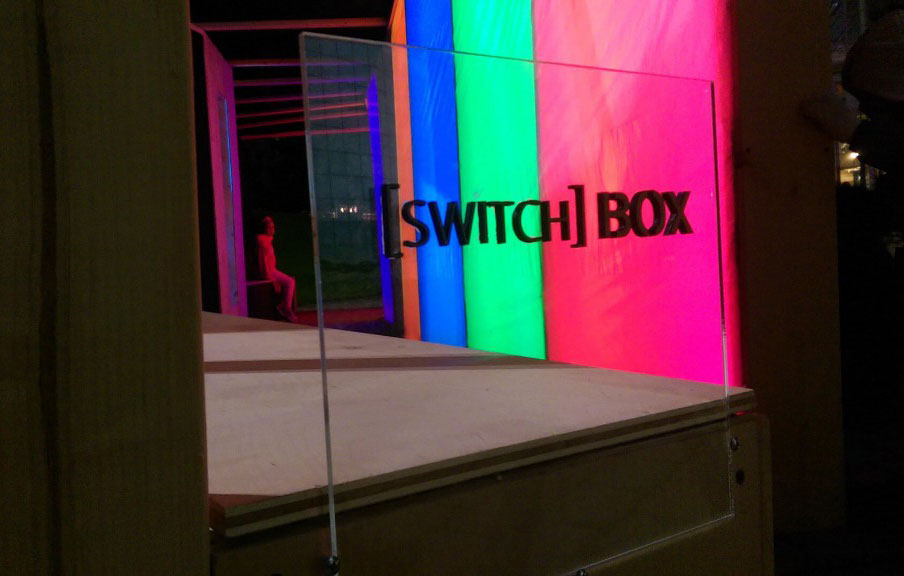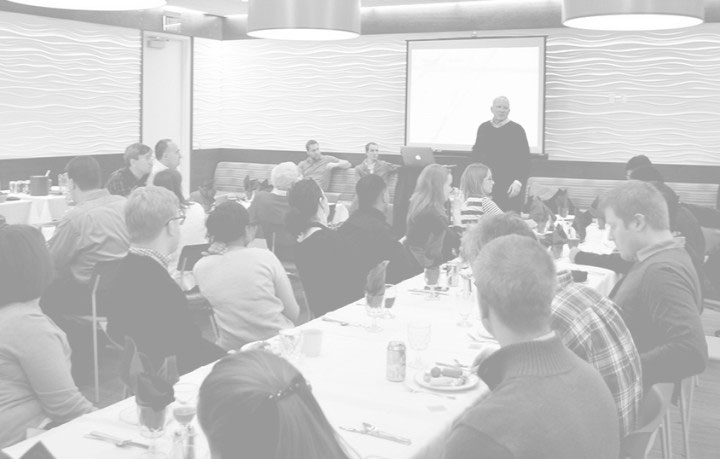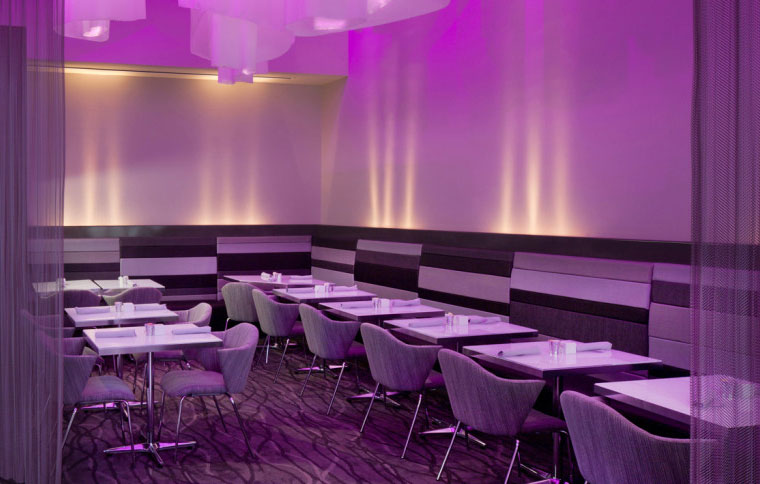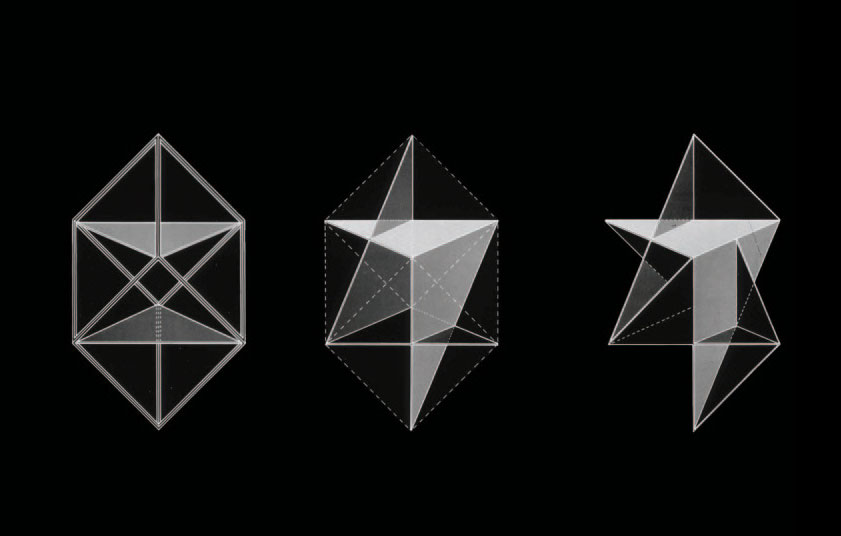
![]()
AIA Ohio Convention 2014 Bialosky + Partners Architects
This week, Bialosky + Partners Architects will lead sessions at the 2014 AIA Ohio Convention, in Kent, OH that tackle the theme of "A Future Practice". Senior and Managing Principal Jack A. Bialosky, Jr., AIA, LEED AP and Principal David W. Craun, AIA, LEED AP are jointly leading two sessions. Thursday’s Session, Action Planning For Firm Development will be facilitated by Jeffery Carmen, Management Consultant to the AEC industry. On Friday, Jack and David, along with Partner Aaron Hill AIA of Richard Fleischman + Partners Architects, and Principal Mike Schuster, FAIA, LEED AP of MSA Architects will be hosting a discussion titled It Takes A Village to Raise A Partner. Finally, Designer and Business Development Director Theodore Ferringer, Assoc. AIA, LEED Assoc., is leading a session on Thursday with designer Michael Christoff, Assoc. AIA, of Vocon and Project Manager Angela Jayjack Assoc. AIA, LEED AP of the General Services Administration, titled Empowering Emerging Professionals & Non-Traditional Practitioners: Lessons Learned From AIA Cleveland.
We hope to see you there!
See details regarding the convention and the individual sessions below:
About the 2014 AIA Ohio Convention:
AIA Ohio, in collaboration with host chapters AIA Eastern Ohio and AIA Akron will be hosting the 2014 AIA Ohio convention at Kent State University on September 18 - 20, 2014. Working together with members of the profession from throughout Ohio, this years convention will be the first time that AIA Ohio has worked to bring its annual convention to the site of one of the states architectural programs.
This years theme, "A Future Practice" focuses on careers, business and practice opportunities for those who are just entering the architectural profession as well as long time practitioners looking for ways to change their existing practices. Centered out of the Kent State Hotel and Conference Center, the convention will focus on the connection of practice to the academy as the profession is redesigned.
Thursday, Sept. 18: 1:00 - 2:15pm at Dix Ballroom, KSU
Action Planning For Firm Development

Too much time spent working in the business and not enough spent on the business can leave a firm stagnant and unable to compete. Generational changes and new technologies are not only changing how we produce architecture, but the business of architecture itself. This session reflects on how leadership can successfully plan for the changing landscape of practice, creating opportunities for innovation and growth, while still getting the job done. This session is primarily focused on mid to large size firms. Jeffery Carmen, Management Consultant to the AEC industry will lead this session, explaining the trends, hurdles, opportunities to both the business and practice of architecture. With over 35 years of experience, Carmen has helped many define and achieve success on their terms. With a belief that "industry standard metrics" perpetuate mediocrity, Jeffrey will explain how to plan for action without falling into usual solutions. Joining Jeffery will be Bialosky + Partners Architects Managing Principal, Jack Bialosky, Jr., and the firm's youngest Principal, David W. Craun. They will share BPA's recent Action Planning strategy which has transformed such things as work environment, branding and messaging, and young leadership that has pushed the firm to never before seen successes.
Thursday, Sept. 18: 2:30 - 3:45pm at McGilvery Ballroom, KSU
Empowering Emerging Professionals & Non-Traditional Practitioners: Lessons Learned From AIA Cleveland

Organizations throughout the county are evaluating how they engage the generations they serve. With an average member age of 50 and 40% of members retiring in the next 10 years, AIA is at a particularly sensitive and exciting time as it evaluates its relationship with Emerging Professionals (EP) and those on non-traditional career paths. In response to this context, AIA is proactively responding to evolving membership needs through the Repositioning Initiative. This session will showcase engagement and programming lessons learned by the AIA Cleveland Associates Committee; a committee organized by a series of Associate Directors who recognized the importance of engaging EP's and non-traditional career path professionals in the organization. This panel will engage the audience in discussing: How can EP's and associates become valuable resources for AIA as outreach into the community, positioning components as leaders within the community? How can increased EP and associate participation help address the diversity gap found in most chapters? What value does AIA participation by EP's and associates have for firms? We shall discuss these questions and more in this moderated panel discussion, sharing the replicable model that AIA Cleveland has recently developed to engage and empower EP and associate members.
Friday, Sept. 19: 9:00am - 10:15am at McGilvery Ballroom, KSU
It Takes A Village To Raise A Partner

A roundtable discussion will allow participants to examine the road to Partnership as one that requires equal ownership of the process by both older and newer leaders of the firm. This model of shared ownership asks experienced Partners to strategize in growing and harvesting the next generation of leadership together with future firm leaders. A culture of empowerment and self-driven responsibility proves to be the soil for emerging practitioners (EPs) to not only bloom, but to take roots in the firm. From the EP side, the session explores how to emerge as a partner in a fashion that fits him/her personally. Managing Partner of Bialosky + Partners Architects, Jack A. Bialosky, Jr, AIA, LEED AP, will host this roundtable with David W. Craun, AIA, LEED AP, who made history when he earned the first intern-to-partner promotion in the firm. Mike Schuster, FAIA, LEED AP, Founding Principal of MSA Architects and AIA Ohio Immediate Past President and Aaron Hill, AIA, Partner at Richard Fleischman + Partners Architects and AIA Cleveland President-Elect will join other architects at various career milestones from around the state to join the discussion.












